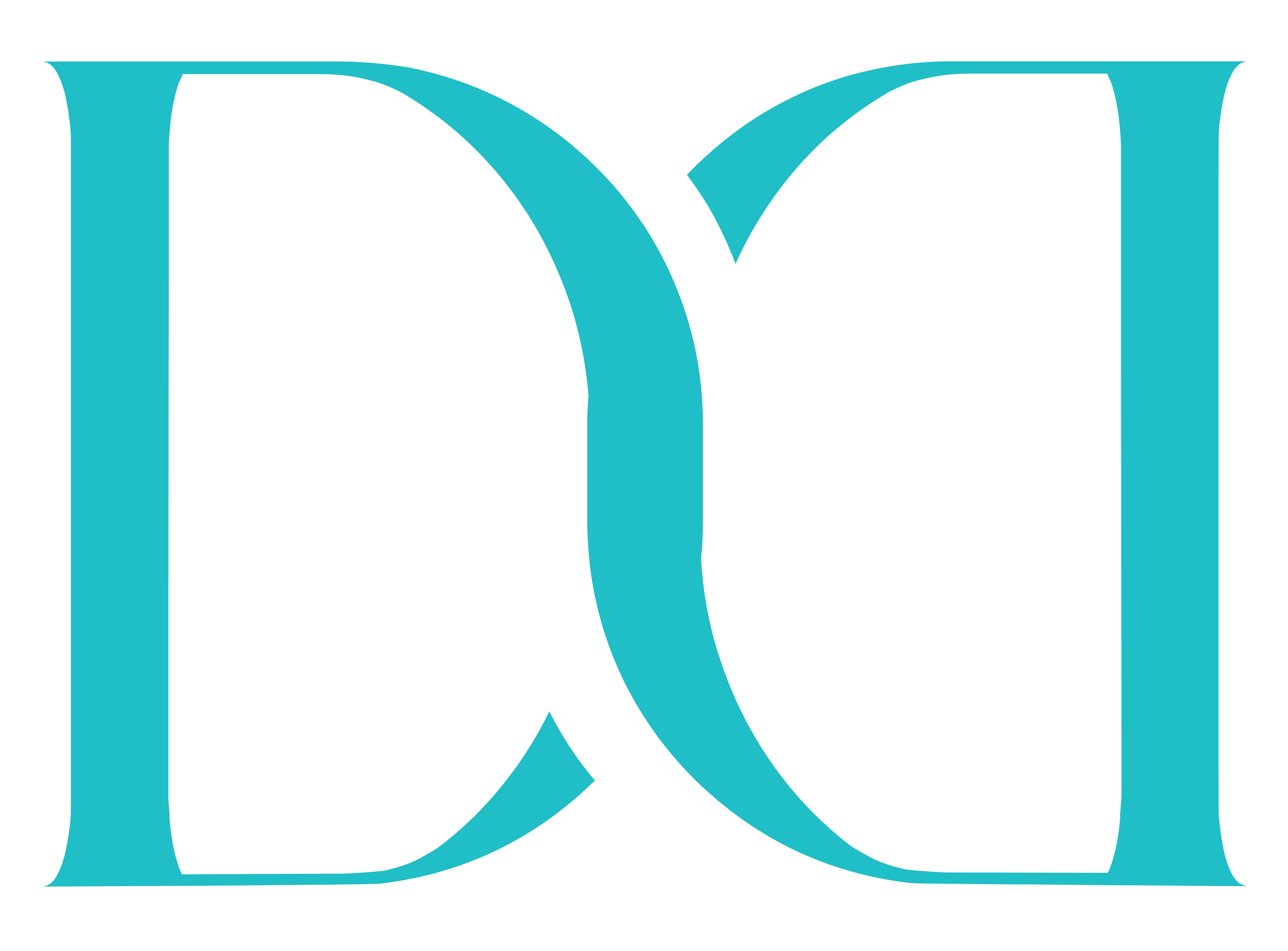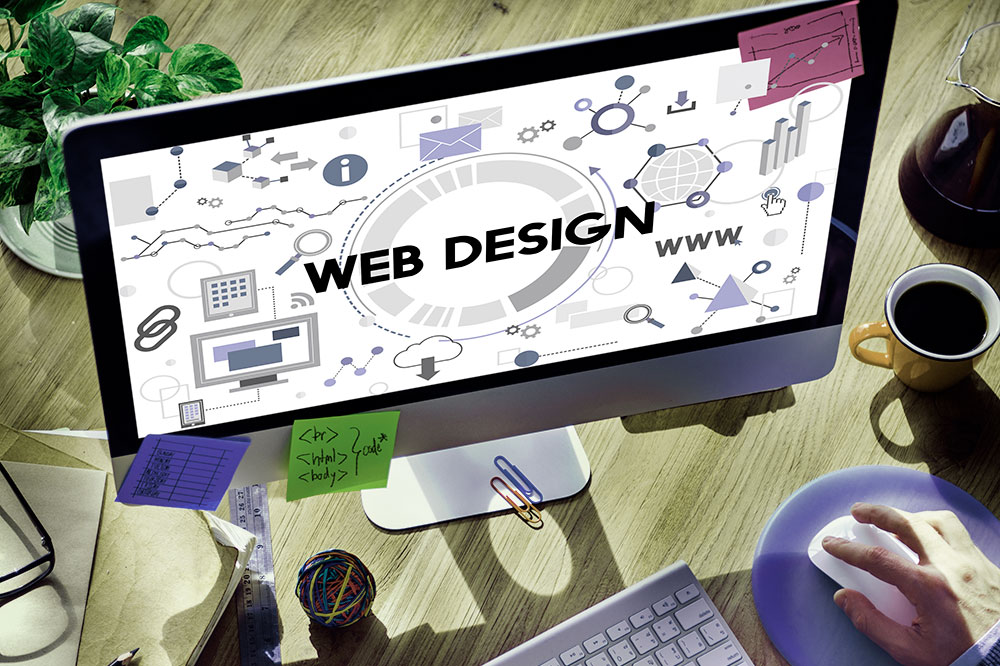Introduction: Exploring the Future of Modern Website Design
The world of modern website design in 2025 is evolving faster than ever. As new technologies emerge and user behaviors change, designers must adapt. With the rise of artificial intelligence, immersive user interfaces, and mobile-first experiences, businesses and designers must stay updated with the latest web design trends to remain relevant. In fact, if you’re a developer, designer, or business owner, understanding 2025 web design trends will help you create user-centric, high-performing websites that stand out in a crowded digital space.
These trends are not just about aesthetics—they’re about performance, personalization, and purpose. Furthermore, they are changing the very structure of digital interaction. From AI tools and clean layouts to ethical practices and responsive design, 2025 web design trends are defining the way modern users interact online. So, let’s dive into the most impactful changes shaping the web design landscape this year.
1. AI-Powered Design Tools Are Reshaping Creativity
One of the most influential changes in website design trends 2025 is the rise of AI-driven design platforms. Tools like Adobe Firefly and Framer AI help designers generate layouts, color palettes, and content suggestions within seconds. As a result, this trend not only speeds up workflows but also ensures websites remain visually consistent and data-backed.

Why AI Matters in Web Design
- Personalizes the user experience
- Predicts user behavior
- Enhances accessibility
2. Minimalist & Clean Interfaces Dominate
Simplicity is timeless. In 2025, designers are leaning towards clean website layouts with ample white space, subtle animations, and smooth navigation. This trend helps users focus on content and improves mobile usability.
Key Features of Minimalist Designs:
- Large fonts & clear hierarchy
- Fewer color distractions
- Lightning-fast load times
3. Neumorphism 2.0: The Soft UI Comeback
Soft UI is back, but it’s smarter. Known as Neumorphism 2.0, this trend blends skeuomorphism and flat design, creating a tactile feel that’s subtle yet modern. Designers use soft shadows and layered effects to bring depth to user interfaces without overwhelming users.
Best Use Cases for Neumorphic UI:
- Finance apps
- Product displays
- Login screens
4. Immersive User Experiences with 3D and Motion
Interactive elements like 3D design and micro-interactions continue to dominate in 2025. When used wisely, they improve engagement, making the browsing experience memorable and intuitive.
What’s Hot in Interactive Design:
- Scroll-triggered animations
- 3D product views
- Lottie animations for performance
5. Voice and Gesture Navigation
With the boom of smart devices, modern websites are now adapting to voice-activated navigation and gesture-based interactions. This innovation is crucial for accessibility and offers a futuristic browsing experience.
Why It’s Game-Changing:
- Enhances accessibility
- Hands-free browsing
- Great for wearable tech integration
6. Dark Mode and Custom Color Modes
In 2025, dark mode web design is no longer just a preference—it’s expected. Many websites now offer dynamic themes based on time, device settings, or user behavior.
Benefits of Dark Mode:
- Reduces eye strain
- Saves battery life on OLED screens
- Enhances visual contrast
7. Mobile-First & Speed-Optimized Layouts
With Google’s mobile-first indexing, responsive design isn’t optional anymore. In 2025, mobile-first website layouts are built with speed and accessibility at their core. Understanding these changes is essential to grasp how 2025 web design trends impact both SEO and user engagement.
What It Includes:
- Adaptive image loading
- Thumb-friendly navigation
- Prioritized content stacking
8. Personalized Content Through Dynamic UI
Websites are becoming smarter, using data and AI to offer tailored experiences. Dynamic UI design shows different layouts, CTAs, or even product suggestions based on user behavior or geo-location.
Why Dynamic Interfaces Matter:
- Increases user engagement
- Improves conversion rates
- Keeps content fresh
9. Ethical Design and Sustainable Practices
Modern users care about more than just aesthetics. They’re drawn to sustainable web design, ethical data collection, and accessibility-first development.
Key Ethical Design Practices:
- Minimal data tracking
- Energy-efficient websites
- Inclusive design for all users
Conclusion: Staying Ahead with Future-Ready Website Designs
As the digital landscape becomes more sophisticated, adopting these modern website design trends can set your brand apart. Whether it’s embracing AI tools or creating immersive, ethical experiences, staying updated ensures your website remains competitive in 2025 and beyond. In conclusion, by understanding and implementing the key 2025 web design trends, you’re not only improving visual appeal but also optimizing performance and user experience for the future of digital interaction.
Thank you for reading! To learn more about our Web Design Trends journey, check out our Web Design blog.
Some images in this blog are sourced from Freepik.
“Image by Freepik – www.freepik.com”



